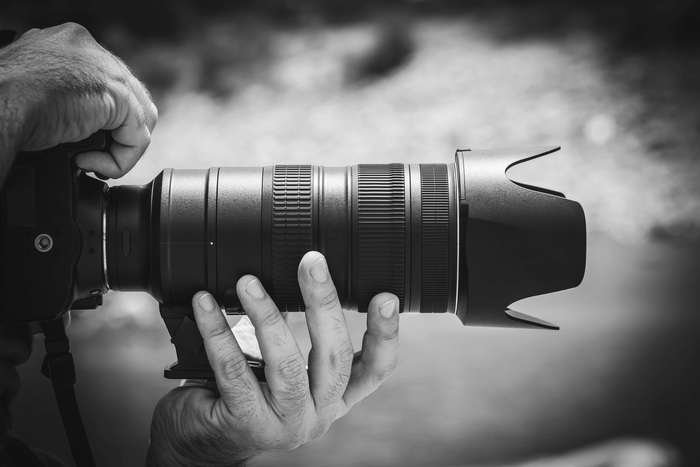
Bruce Weber Photographer Talks About Outdoor Black and White Photography
Black and white photography is an abstraction of reality by its very nature. While these photos, one can render a rich blue sky as something light and airy with just a tiny bit of distinction between cloud and sky, or as something extremely moody, by creating a strong separation between cloud and sky. Neither of these variations is dependent on colors. They rather are more of a personalized way of expressing the feelings or reactions towards a moment. Bruce Weber Photographer and many similarly renowned professionals prefer taking black and white photos than colored images. Bruce’s first shoots were in the 1970s in GQ magazine, and he is responsible for many of their cover photos.
Bruce Weber Photographer marks a few reasons to use the black and white approach for landscape photography
A large number of landscape photographers do work in color. After all, they are powerful in capturing the atmosphere and mood of a scenery. But doing so also has a downside. Quite often, photographers become dependent on the strength of color to carry this image. In a way, colors become a crutch for them, and are used to support images than could have been stronger. This cannot happen in the case of black and white images; as such photos depend on the basic building blocks of composition like form, pattern, shape, line, texture, as well as placement and negative space. Learning to base their composition on these elements, rather than simply color, can help photographers to create stronger images. Many photographers benefit from going outside their comfort zone. Working with black and white enables photographers to look at the world in a different manner. Rather than simply looking at the color of the scene and light, they get the chance to put more focus on line, shape, texture and the interplay between light and shadow.
Light and color go together when it comes to photography. The best color landscape photos are usually taken when the light is most beautiful. This means that the photographers have to work during the dusk or the golden hour. Opting to work in black and white extends the number of usable hours in a day to quite an extent when it comes to landscape photography. The focus here is more on the composition rather than the quality of light. Even though light is still important, which the right subject and proper composition, one can shoot in harder light than they can with color.
Black and white long exposure photography has become a genre of its own, largely due to the growth in the supply of 10-stop neutral density filters. It is a lot easier to do so with digital cameras, as there are no reciprocity failures to take into account. People can always explore the work of Bruce Weber Photographer and more to gain a better understanding of black and white photography. His first exhibition in 1974, well before he was well known, was at the New York Razor Gallery, and marked the beginning of his professional photography career.






